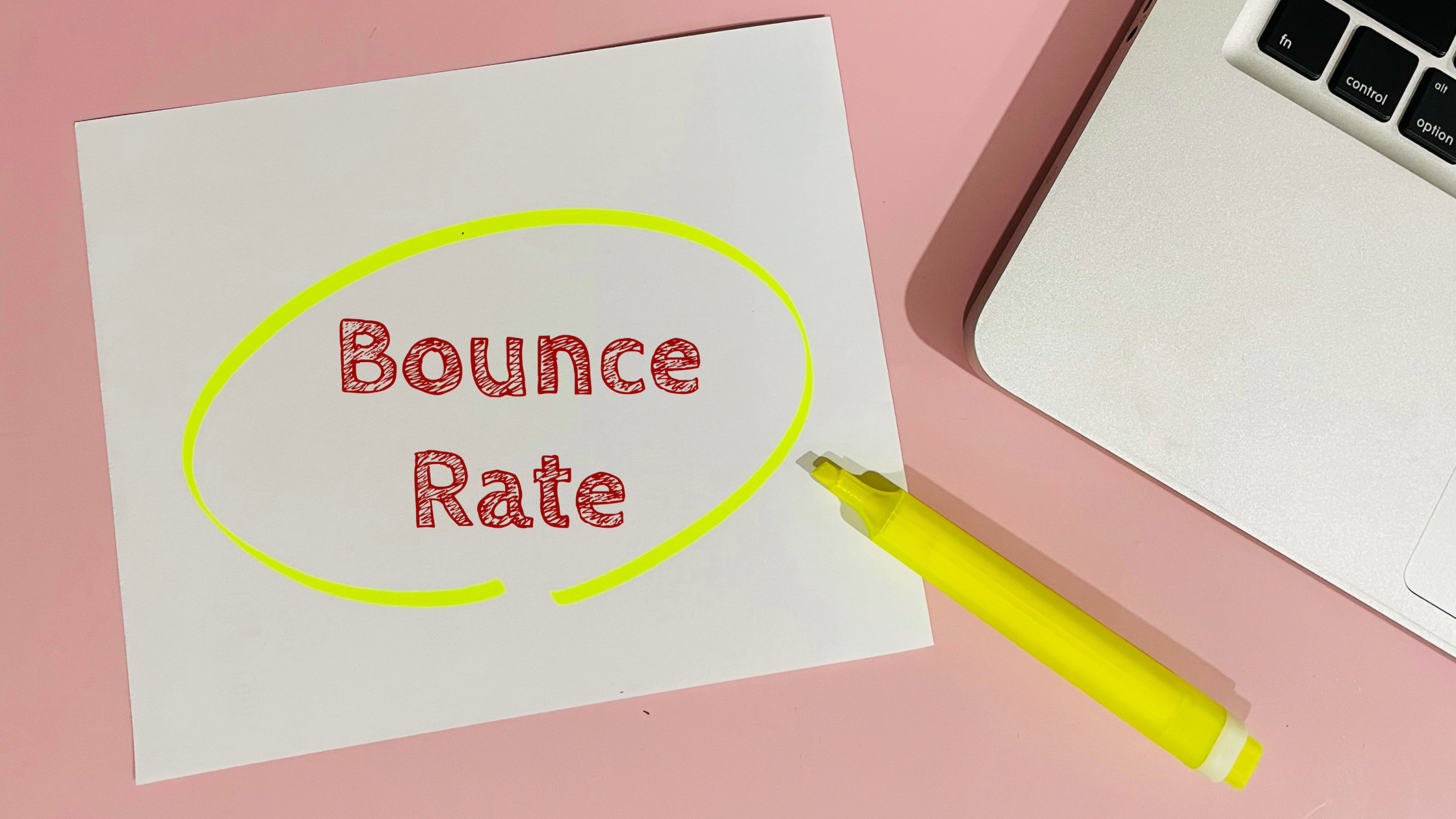How to Do Keyword Mapping for Better SEO Results
Let’s get one thing straight—if you’re still throwing keywords around like spaghetti on the wall and hoping something sticks, it’s time for a serious upgrade. Keyword mapping isn’t some advanced SEO sorcery. It’s just smart planning. And it’s the difference between a well-structured site that ranks… and a jumbled mess Google doesn’t trust.
What Is Keyword Mapping?
Keyword mapping is the process of assigning specific keywords (and their variations) to individual pages of your website. Think of it like building a road map—each road (page) leads to a specific destination (keyword target). If you have multiple roads going to the same place (keyword cannibalization), or roads going nowhere (thin content), your SEO gets lost.
Why Keyword Mapping Matters
Without a keyword map, you risk:
- Creating duplicate content targeting the same terms
- Missing out on ranking opportunities for long-tail keywords
- Confusing search engines about what each page is supposed to rank for
- Spreading your SEO efforts too thin
Keyword mapping helps you define a clear purpose for every page, tighten up your content strategy, and make it easier for Google to crawl and understand your site.
Step 1: Start With a Keyword List
Use your favorite keyword research tools (SEMrush, Ahrefs, Google Keyword Planner, etc.) to build a master list of target keywords. Make sure to include:
- Primary keywords (high intent, main targets)
- Secondary keywords (related terms and variations)
- Long-tail keywords (questions, specific phrases)
Don’t just go for the highest volume terms. Relevance and intent matter more. A keyword with 200 monthly searches and buyer intent beats a vague one with 2,000 any day.
Step 2: Group Your Keywords by Topic
Now organize that list into keyword clusters. Each cluster should revolve around a central theme—this helps guide your site structure and future content. For example:
- Cluster: SEO Tools
- best SEO tools for small business
- free keyword research tools
- top SEO plugins for WordPress
- Cluster: On-Page SEO
- how to write meta descriptions
- title tag optimization tips
- SEO header structure
Step 3: Map Keywords to Specific Pages
Take each cluster and assign it to the most relevant existing page—or plan to create a new one. Here’s a simple format to keep track:
| Page URL | Primary Keyword | Secondary Keywords |
|---|---|---|
| /seo-tools | best SEO tools | free SEO tools, keyword tools |
| /on-page-seo-guide | on-page SEO guide | title tags, meta descriptions |
Yes, this feels like SEO homework. But it prevents duplicate targeting and helps ensure each page has a specific job in your overall SEO strategy.
Step 4: Check for Keyword Cannibalization
If two or more pages are trying to rank for the same term, they’ll cannibalize each other’s chances. Use tools like Google Search Console or Ahrefs to see which pages are competing. Then consolidate, redirect, or reassign keywords to clarify intent.
Step 5: Optimize Your Content Accordingly
Once keywords are mapped, make sure each page:
- Uses the primary keyword in the title, URL, and H1
- Sprinkles secondary keywords naturally in subheadings and body
- Includes internal links to and from related pages
- Answers the search intent behind the keyword
This isn’t about stuffing. It’s about strategy. Keyword mapping should guide your content—not strangle it.
Step 6: Maintain and Update Your Map
Your keyword map isn’t a one-and-done project. Search trends shift. Your business evolves. Your competitors move in on your turf. Keep your keyword map updated by regularly auditing your content and adding new keyword opportunities as they emerge.
Bonus Tip: Use Keyword Mapping for Internal Linking
Now that you’ve mapped out who ranks for what, you’ve also built a natural internal linking structure. Use contextual links between related pages to boost SEO signals and guide users through your content logically.
Final Thoughts
Keyword mapping isn’t flashy, but it’s one of the most effective ways to boost your SEO game. It brings structure, clarity, and purpose to your content—while making your site easier to crawl, easier to scale, and easier to rank.
At Hour51, we use keyword mapping as the backbone of every high-performing content strategy. If you’re tired of keyword chaos and ready to build something that works long-term, let’s talk.
news via inbox
Subscribe to get SEO Tips and Tricks directly in your inbox!







